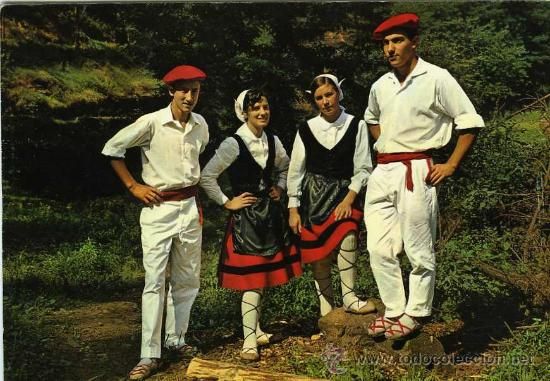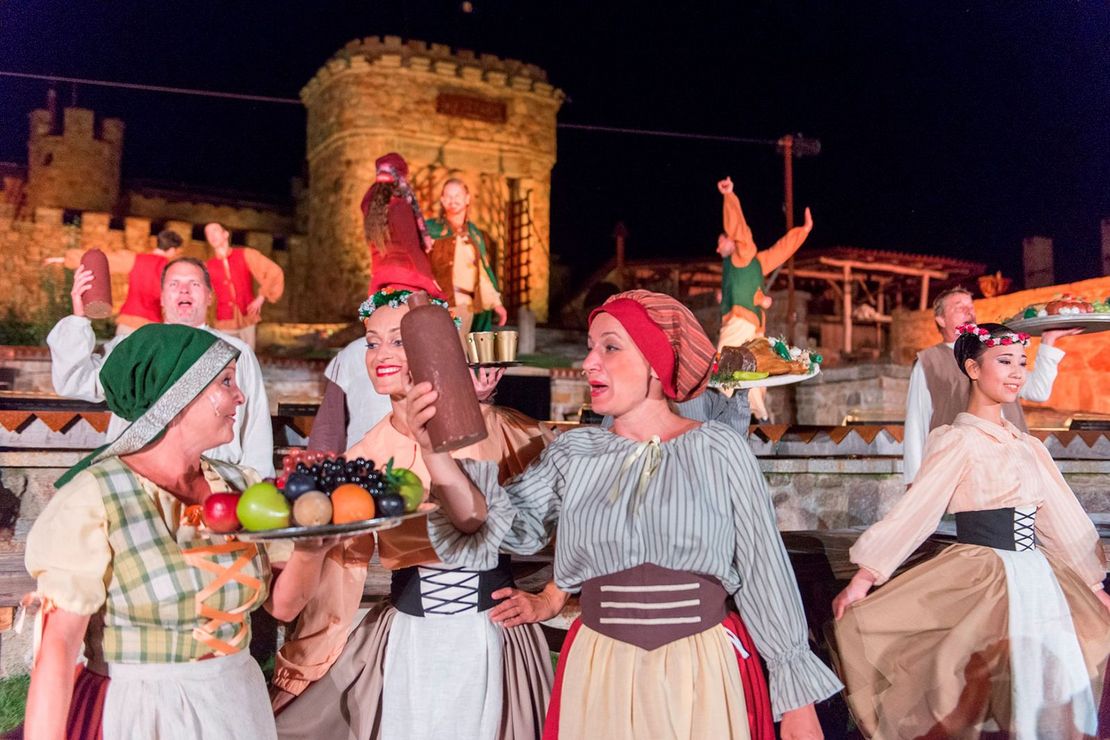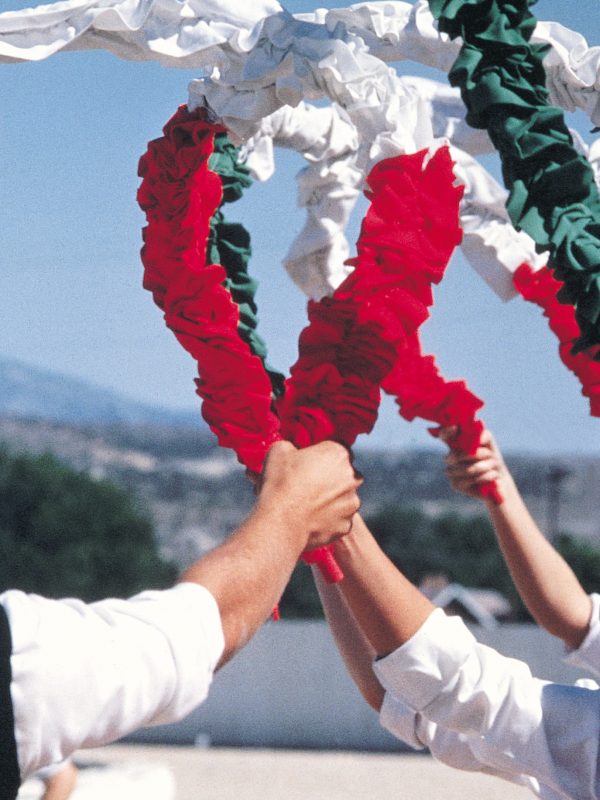Europe is a vast continent boasting a rich tapestry of diverse cultures and ways of life. However, some of these disappearing cultures face extinction due to factors like globalization, urbanization, and modernization. Here are a few examples of disappearing cultures in Europe.
Sami Culture
The Sami are indigenous people living in the Arctic regions of Norway, Sweden, Finland, and Russia. Their unique language and way of life have much to do with their history and environment. The Sami people of northern Europe, known for their traditional reindeer herding practices, are one of the disappearing cultures facing modernization and climate change challenges. Here are some essential parts of the Sámi way of life.
- Herding Reindeer – Herding reindeer is a big part of Sámi culture and how they make a living. Reindeer have always been the primary source of food, clothing, and transportation for the Sámi people. Reindeer herding is still a typical job for many Sámi people today.
- Traditional Clothing – The Sámi people’s traditional clothing is beautiful and valuable. It is made to keep them warm in the harsh Arctic climate and is often decorated with intricate embroidery and beads.
- Joik– The Sámi people have a traditional way of singing called “junk.” It is a way to use music to tell stories and show how you feel, often accompanied by a traditional drum.
- Duodji– Handicrafts are called duodji in Sámi and are essential to Sámi culture. Using traditional methods and materials, Sámi artists make beautiful things like knives, jewelry, and clothing.
- Language– The Sámi people speak a group of languages called the Sámi language. It differs from the languages of the countries around it and is essential to Sámi culture and identity.


Basque Culture
Basque culture is unique and has been around for a long time. You can mainly find it in the Basque Country in northern Spain and southwestern France. The Basque people, with their ancient language and a strong sense of identity, are one of the disappearing cultures in Europe that are striving to preserve their rich cultural heritage in the modern world. The Basques speak Euskara, a language unrelated to any other language. Basque culture has been around for thousands of years and has a long and rich history. Even though outsiders have tried eliminating their traditions, customs, and beliefs, the Basques have kept them alive for generations.
- Cuisine – Basque cuisine uses fresh, local ingredients and bold flavors. Some famous Basque dishes include pintxos (small, bite-sized snacks), txangurro (spider crab), and bacalao al pil-pil (cod in garlic and olive oil sauce).
- Sports – Basque pelota is a traditional sport played with a small, hard ball and a basket-like racket. The sport is a source of pride for the Basque people. They play it in tournaments across the Basque Country.
- Music and dance – Basque music is characterized by its use of the txalaparta, a traditional wooden percussion instrument. Basque dance, or arrest, is a conventional dance often performed at celebrations and festivals.
- Festivals – Basque festivals, or fiestas, are a colorful and lively celebration of Basque culture. Some of the most famous Basque festivals include the San Fermin festival in Pamplona. There, you can see the running of bulls and the Aste Nagusia festival in Bilbao.


Romani Culture
Romani culture, one of the disappearing cultures in Europe, has a vibrant history that spans hundreds of years. The Romani people, an ethnic group from the Indian subcontinent, migrated to Europe during the Middle Ages. Their language, Romani, is spoken by 3 to 5 million individuals worldwide.
The essence of Romani culture lies in its music, dance, and oral storytelling traditions. Traditional Romani music, filled with emotion and expression, incorporates instruments like the violin, accordion, and guitar. Romani dance, often showcased at weddings and celebrations, features fast footwork and intricate hand movements. Their stories, known as perilipin, serve as a means to pass down cultural values and traditions from one generation to the next.
Romani culture has endured despite facing a history fraught with discrimination, persecution, and forced assimilation. Sadly, Romani people have encountered challenges in accessing education, healthcare, and job opportunities in some countries. Nevertheless, they persist in preserving their traditions and raising awareness of their culture, contributing to the resilience of this unique and disappearing culture.


Sorbian Culture
The Sorbian people, one of the disappearing cultures in Europe, are a Slavic ethnic group primarily residing in the Lusatia region of eastern Germany. The Sorbian community has two distinct groups: the Upper Sorbs and the Lower Sorbs. These groups speak different dialects of Sorbian, a West Slavic language with similarities to Polish and Czech.
Sorbian tradition boasts a rich history of folk art, music, and dance, such as the intricate painting of Easter eggs, a cherished Sorbian tradition. On special occasions and festivals, the Sorbian people don unique traditional attire. However, in the 19th and 20th centuries, efforts were made to assimilate the Sorbian language and culture into German culture. During East Germany’s communist rule, the language and culture faced suppression. Presently, the Sorbian language is a minority language in Germany, but endeavors are being made to preserve and promote Sorbian traditions.
The Sorbian Museum in Bautzen is a well-known institution focusing on Sorbian culture, history, and art. Various efforts are made to uphold the Sorbian tradition in the region, including Sorbian language classes and cultural events. Some schools also offer Sorbian language education as part of their curriculum.


Breton culture
The Breton culture, one of the disappearing cultures, encompasses a unique set of traditions, practices, and customs specific to the Breton people, an ethnic group residing in the Brittany region of France. Over its long and intricate history, Breton culture has been influenced by Celtic, Roman, and Christian traditions.
A significant component of Breton’s disappearing culture is the Celtic language, similar to Welsh and Cornish. Although once widely spoken in the region, the Breton language is now facing a decline, with only about 200,000 speakers remaining. Music and dance are prominent in Breton tradition, with folk music and traditional Breton dances showcasing distinct styles performed during festivals and other cultural events. The bombard, a conventional Breton instrument similar to a bagpipe, plays a vital role in Breton music.
Oral storytelling is deeply ingrained in Breton’s disappearing culture, with generations passing down folk tales, legends, and myths. Many of these stories are still heard today. Breton cuisine is another integral aspect of the culture, featuring seafood, dairy products, and savory and sweet pastries. Galettes, delicious buckwheat pancakes filled with various ingredients, and kouign-amann, a rich, buttery pastry, are among the most renowned Breton dishes.
Despite its rich and fascinating history, Breton’s tradition faces the risk of extinction due to factors such as the dwindling Breton language and the impact of globalization.

Conclusion
Disappearing cultures are in danger of fading away due to the impact of globalization, which has led to the widespread adoption of Western values and norms. As a result, minority languages are declining, and traditional practices and customs are being lost. Additionally, the influence of mass media has played a significant role in homogenizing Europe’s cultures. With fewer dominant media outlets controlling the narrative, it has become challenging for unique expressions of culture to thrive and be preserved.
People also read:

